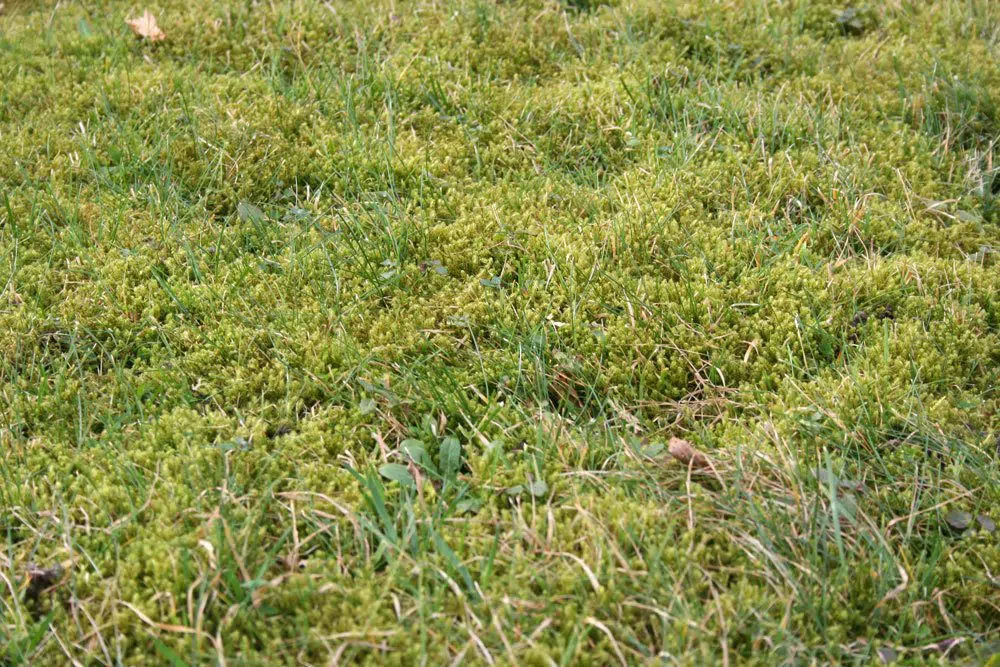Ridding the lawn of lawn thatch is often useful, as it spreads on most lawns sooner or later. But when is the best time to scarify the lawn?
Contents
Cause and necessity
Lawn thatch forms frequently and is a significant problem for grass plants. It usually consists of:
- dead stalks and roots
- leaves from plants in the environment
Moss
In the long run, these influences can cause the plants to die. They are literally suffocated. In addition, the nutrients in the soil are depleted, as is the water. As a result, the grass becomes spotty, grows worse and looks unkempt. At the latest when these factors apply, you should scarify the area. This makes it possible to remove troublesome growths and the so-called lawn felt.
The soil becomes more receptive again and both fertilizer and water can penetrate faster and bet
Whatever the decision, the procedure is the same in any case:
- You should remove larger objects and debris from the grass area. Branches and twigs, but also leaves and stones could damage the scarifier or accidentally get into the soil.
- To make the lawn easier to work on, ideally mow it first. The shorter grass provides less resistance, which makes your job easier.
- Depending on the device chosen, the scarifier is now driven over the area just like a lawn mower, or walked over in your shoes.
- All extracted plant parts are removed with a rake or rake and disposed of.
Tip: Lawn aerators are particularly suitable for smaller and narrower sections, as they can also reach into corners and can be used wonderfully at the edge. For very large lawns, however, electric scarifiers are the better choice.
Season
Spring and fall are ideal to dethatch your lawn. April to May or September to October are usually optimal. This is the case because temperature and humidity are mild during these periods. In the summer, there is more stress due to high temperatures, drought and growth. In addition, there is the stress of more frequent use. This does not give the grass enough time to regenerate.
In addition, you should be aware of the following points:
- Earth should not be damp or even wet
- Avoid days with strong sunlight
- Temperatures between 15 and 20 degrees Celsius is ideal
Subsequent care
After the lawn has been scarified, you need to care for it accordingly. Water and nutrients are important. Immediately after the measure to remove moss and dead grass plants, it is crucial to apply fertilizer and water the area.
After loosening the soil, the nutrients can better penetrate into the substrate. To avoid chemical burns to the roots, the lawn should be sprinkled afterwards. Alternatively, choose a day when prolonged rain is expected. The water will help distribute the nutrients optimally and allow them to penetrate deeper into the soil.
Tip: A spreader helps to distribute the fertilizer evenly. Damage caused by spot overfertilization can also be avoided in this way.
Frequently asked questions
How often is it necessary to scarify?
Annual removal of lawn thatch ensures that moss and weeds can not spread far. This protects the grass plants. There are also other advantages:
- better supply of nutrients
- faster drainage of water
- microorganisms can spread faster and easier in the soil
What fertilizer should be used after scarifying?
There is no blanket answer to this. It is optimal to test a sample of the soil. This procedure ensures that the necessary nutrients can be replaced and no overfertilization is risked.
How deep should the turf be cut?
Deeper than three millimeters is neither useful nor beneficial, regardless of the timing. The setting of the scarifier should therefore be adjusted accordingly. In addition, experience has shown that it is beneficial to drive or run in different directions when the felt on the lawn is particularly thick. This makes it easier and more efficient to loosen the plant parts that are causing the problem.


